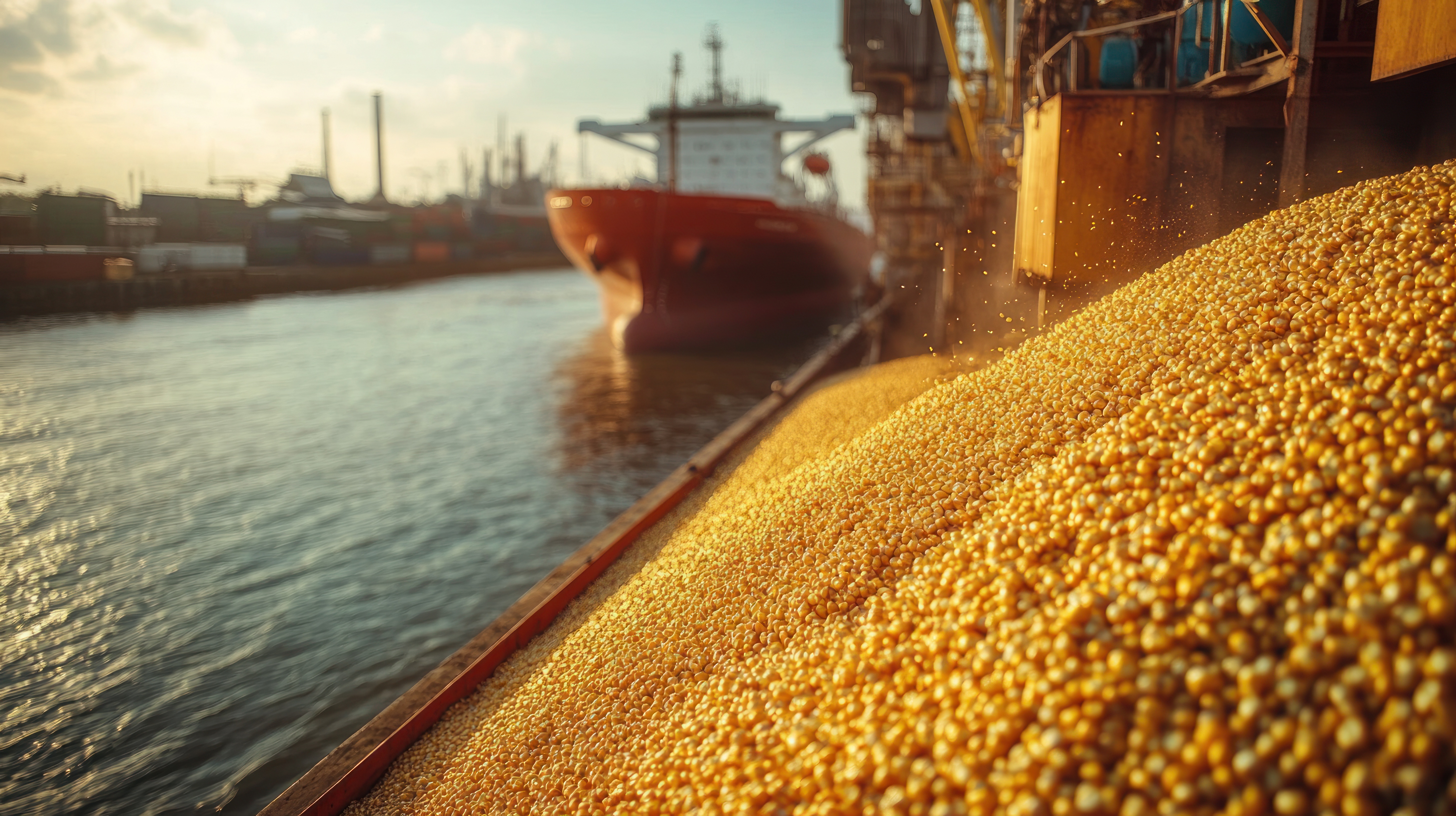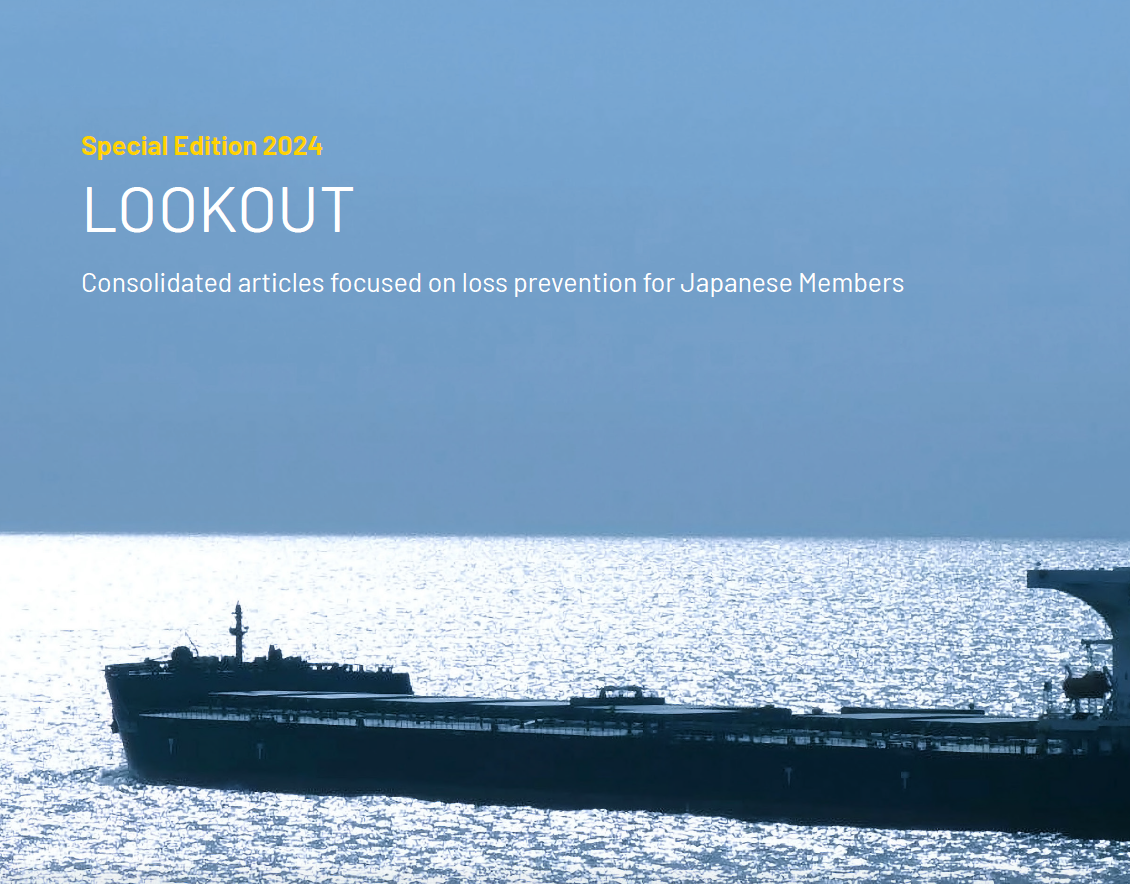Over the past decade, at least 100 seafarers are known to have lost their lives due to incidents which have been attributed to bulk cargoes liquefying at sea.
Excessively wet cargoes in their ships' holds can turn quickly to an uncontrollable fluid when under way, resulting in catastrophic capsizes with little warning. Most of the deaths were on ships carrying seemingly solid nickel ore cargoes, but the risk is equally great where cargoes of iron and aluminium ore (bauxite) as well as coal contain undetected and unsafe levels of moisture
More tragic still is that the deaths could have been prevented if a simple test had been carried out and acted upon before the ships left port. The so-called 'can test' is exactly what it says: put some cargo in a can, bang it on the ground for a minute and see if the contents start to flow.
If they do, stop the loading and get some proper laboratory tests done - regardless of what it says on the cargo documentation.
These videos, which UK P&I Club Loss Prevention team have produced in partnership with global cargo experts Minton Treharne & Davis (MTD), explain what a can test is and what it looks like in practice.
Watch the video in full here: vimeo.com/521947710




